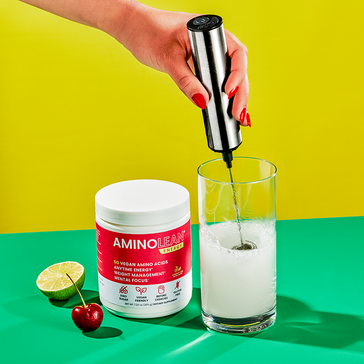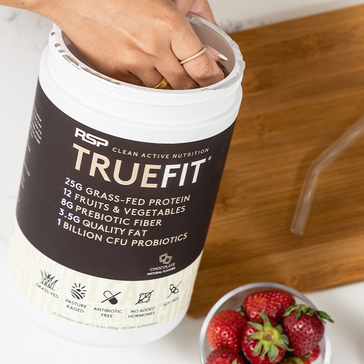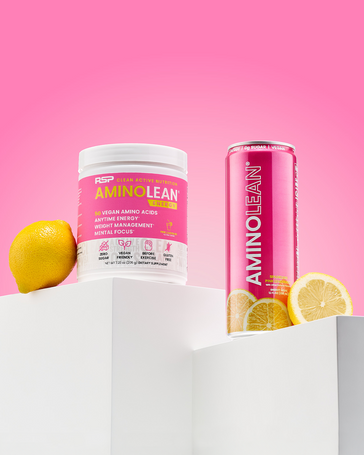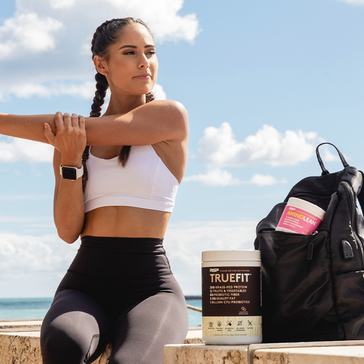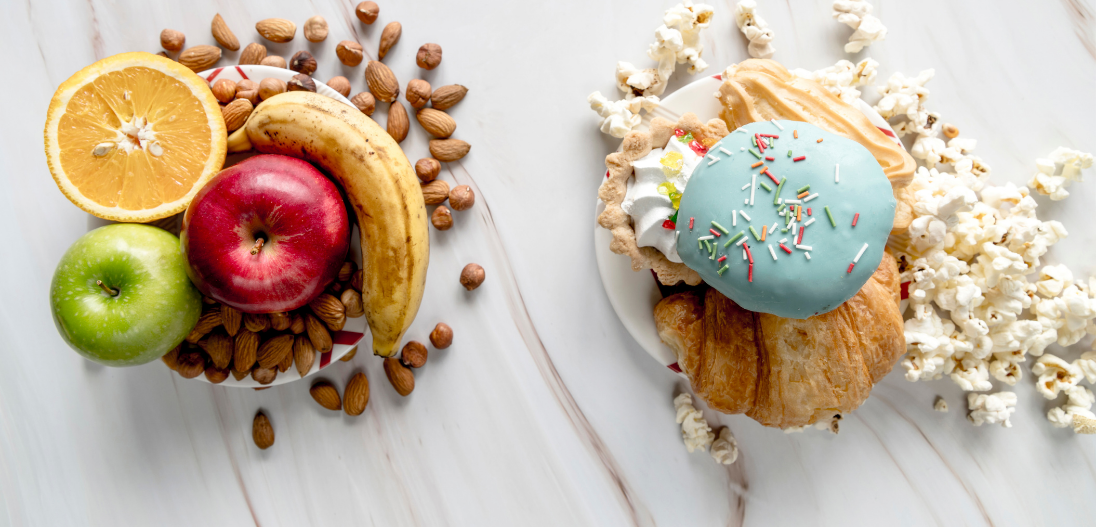By: Kelly Morgan
When working on your body composition, a significant amount of the work is done outside of the gym and in your kitchen. Whether you are cutting or bulking, your nutrition strategy matters. In this post, we’ll discuss the two methods and how you can optimize your nutrition for either one.
Cutting vs. Bulking
Cutting refers to being in a calorie deficit (burning more calories than you consume). The idea is to lose body fat but maintain current muscle mass.
Bulking refers to maintaining a strategic calorie surplus (consuming more calories than you burn). The goal is to increase muscle mass and strength.
Cutting and bulking are usually done in a cycle, where you bulk for 3-4 weeks and then cut for 3-4 weeks, alternately. However, sometimes a person may only bulk or cut or spend longer in each part of the cycle. It depends on your goals. The cycle is helpful because any fat gain that occurred during bulking can be made up for in cutting. Same goes for any muscle loss in cutting being fixed in bulking.
Nutrition Strategy
As you may have guessed, cutting and bulking have two very different nutrition strategies. Despite the differences in strategies, there is almost 100% crossover in the things you’ll eat, which makes it easier.
Cut diet:
For a cut diet, you’ll want to focus on:
- Lean proteins
- Whole grains (fiber is key for fullness)
- Non-starchy vegetables and greens
- Low-sugar fruit
- Healthy fats - sparingly
You should make sure to remain in a calorie deficit. You can calculate that Click Here. Drink plenty of calorie-free fluids, like water, coffee, and tea.
I highly recommend using a quality protein powder as a meal replacement to get the nutrition you need and to stay full. RSP Nutrition’s TrueFit meal replacement powder is my choice because it has protein, fat, fiber, and even 12 fruits and vegetables in it! Stick to one scoop per serving and, again, remember that this is your meal and not a snack. You might enjoy adding some leafy greens and low-sugar fruit to make it even more filling.
Since you may feel lower-energy than usual on a cut diet, you can also add a calorie-free energy supplement like RSP Nutrition’s AminoLean pre-workout. What’s cool about this one is that it also has ingredients that support weight management. It's also available as a vegan pre workout and was rated as one of the best pre workout for women!
Bulk diet:
A bulk diet is going to be different in that you’ll need to supplement your normal caloric intake to be in a surplus. You can calculate that Click here. Now, it’s important to remember that this isn’t a chance to go nuts on all of the junk food you’ve been dreaming of! Your diet will be focused on similar components as the cut diet - just more of them:
- Lean proteins
- Whole grains
- Non-starchy vegetables and greens
- Low-sugar fruit
- Healthy fats
- Occasional treats like burgers, cheese, pasta, and pizza
A simple way to get in more nutrition and calories during the day is to make a protein shake. Again, I recommend RSP Nutrition’s TrueFit meal replacement powder because of its nutrition profile. Instead of using it as a meal replacement and only adding 1 scoop like in the cut diet, this time you’ll use 2 scoops and have it between meals. RSP Nutrition's TrueFit is also available as a plant protein powder, TrueFit Plant, for anyone who is vegan or looking towards switching to a vegan diet.
Final Thoughts
Pay attention to how you feel in and out of the gym during either part of the cycle. Your transitions between cutting and bulking may leave you feeling a little low on energy or a little off. Get some rest and listen to your body. It will all even out in a few days.
For more nutritional advice on how to live a healthy active lifestyle, check out Kelly's book "You, But Better"
